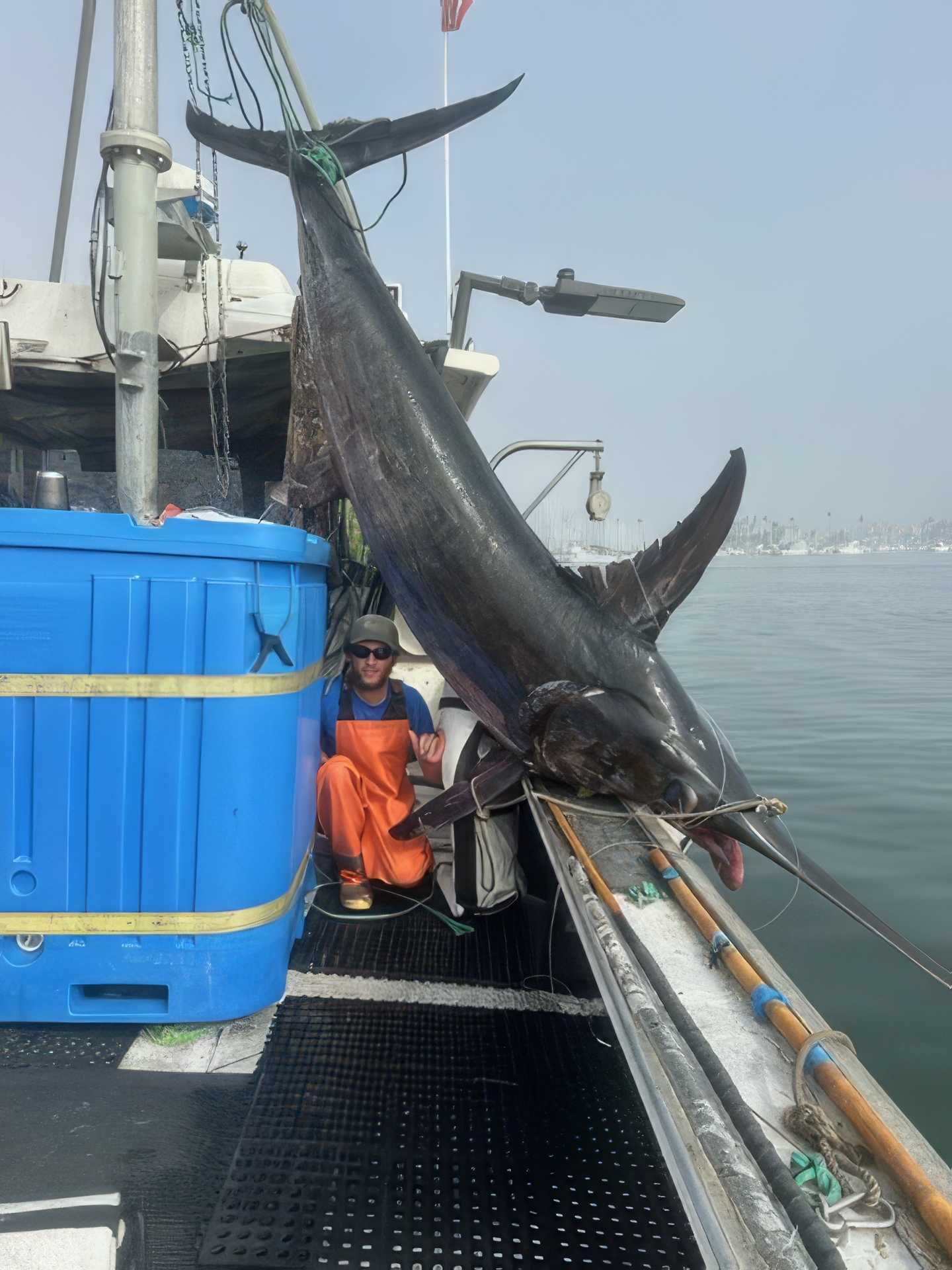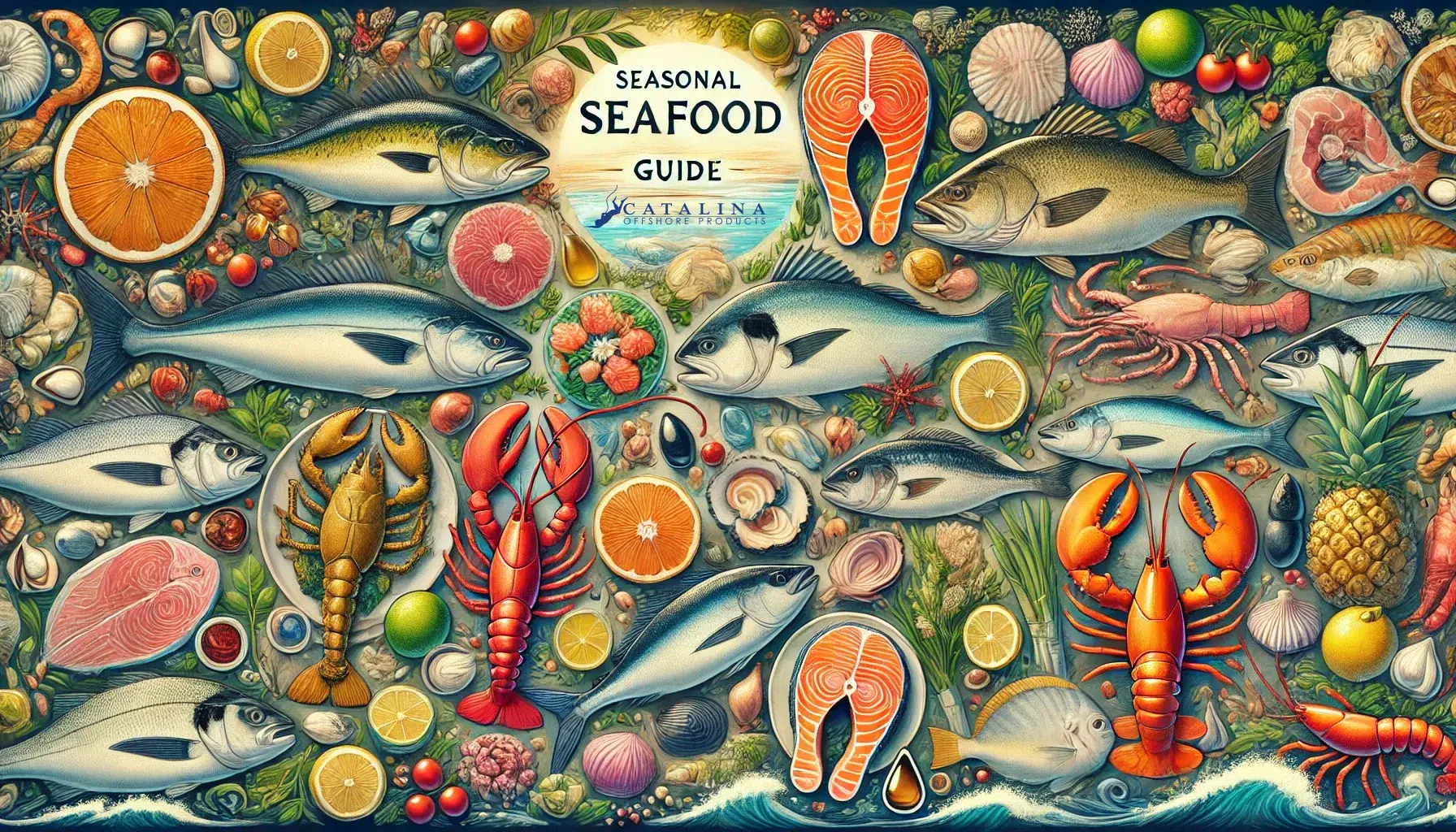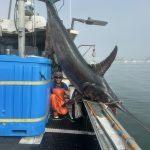
Savor the Sea: How to Make Mussels In White Wine Garlic Delight
Picture this: the sun dips below the horizon, casting a golden glow across the ocean while you sit at a seaside bistro, savoring each exquisite
FREE Overnight Shipping on orders over $300 ($200 in CA. Some suburbs are not included).
This reprinted article was originally published by NOAA Fisheries Resources Division on August 29, 2018
 Although the Pacific bluefin tuna numbers continue to be low, there are signs the population is recovering and rebuilding targets set forth by international agreement are on track to be met. In July 2018, The International Scientific Committee for Tuna and Tuna-Like Species in the North Pacific Ocean (ISC) released the most recent assessment of Pacific bluefin tuna (Thunnus orientalis) and evaluated the likelihood of reaching internationally established rebuilding targets. The bluefin spawning stock biomass (SSB) was estimated to be 3.3% in 2016 relative to their unfished SSB, up from 3.0% in 2014. Unfished spawning stock biomass is the theoretical amount of fish there would be had there never been fishing. The amount and rate of bluefin harvested continues to be high with the greatest catches (and thus impact) on juveniles in the western Pacific Ocean. NOAA Fisheries scientists participate in these assessments and since 2013 the agency has listed Pacific bluefin tuna as overfished and subject to overfishing.
Although the Pacific bluefin tuna numbers continue to be low, there are signs the population is recovering and rebuilding targets set forth by international agreement are on track to be met. In July 2018, The International Scientific Committee for Tuna and Tuna-Like Species in the North Pacific Ocean (ISC) released the most recent assessment of Pacific bluefin tuna (Thunnus orientalis) and evaluated the likelihood of reaching internationally established rebuilding targets. The bluefin spawning stock biomass (SSB) was estimated to be 3.3% in 2016 relative to their unfished SSB, up from 3.0% in 2014. Unfished spawning stock biomass is the theoretical amount of fish there would be had there never been fishing. The amount and rate of bluefin harvested continues to be high with the greatest catches (and thus impact) on juveniles in the western Pacific Ocean. NOAA Fisheries scientists participate in these assessments and since 2013 the agency has listed Pacific bluefin tuna as overfished and subject to overfishing.
The assessment also projected the stock’s performance based on its status in 2016, management measures in place now, as well as other harvest scenarios. Overall, the analyses indicate that the stock biomass is expected to reach the initial biomass rebuilding target adopted by the Western and Central Pacific Fisheries Commission (WCPFC) by 2024 with a 98% probability, and the second biomass rebuilding target by 10 years after reaching the initial rebuilding target or by 2034, whichever is earlier, with a 96% probability. Experts have not yet determined the amount of biomass that would indicate the population is recovered or rebuilt.
See the 2018 stock assessment and projections
The Inter-American Tropical Tuna Commission is expected to adopt catch limits for 2019 and possibly beyond at its annual meeting in August 2018. Given the projections for achieving the rebuilding targets are optimistic, the WCPFC may consider increasing catches when it meets in December 2018.
The best way to ensure the long-term sustainability of Pacific bluefin tuna is through international cooperation. NOAA Fisheries recognizes concerns about low numbers of Pacific bluefin tuna, and the United States has taken several steps to control the impact of U.S. harvests and has led international action to reduce fishing mortality, rebuild the species, and monitor status.
ISC also assessed the shortfin mako shark and Western and Central Pacific swordfish populations this year and noted no concerns about these stocks.
Want more info? Check out these bluefin FAQs and NOAA’s Pacific bluefin tuna page.

Picture this: the sun dips below the horizon, casting a golden glow across the ocean while you sit at a seaside bistro, savoring each exquisite

The Conservation Benefits of Deep-Set Fishing At Catalina Offshore Products, sustainability isn’t just a buzzword—it’s a commitment. As a small family-owned company, we pride ourselves

As we journey through the latter half of the year, each month presents us with an array of fresh seafood delights. From the vibrant flavors of summer to the comforting dishes of winter, choosing and preparing the perfect fish or shellfish can truly elevate your meals. Here’s your comprehensive guide to selecting and cooking the best seasonal seafood from August to December.

Savor the Sea: How to Make Mussels In White Wine Garlic Delight
Picture this: the sun dips below the horizon, casting a

The Conservation Benefits of Deep-Set Fishing: A Sustainable Seafood Solution
The Conservation Benefits of Deep-Set Fishing At Catalina Offshore Products,

Your Ultimate Seasonal Fish Guide: Savor the Freshest Catches from August to December 2024
As we journey through the latter half of the year, each month presents us with an array of fresh seafood delights. From the vibrant flavors of summer to the comforting dishes of winter, choosing and preparing the perfect fish or shellfish can truly elevate your meals. Here’s your comprehensive guide to selecting and cooking the best seasonal seafood from August to December.